Cadence vs Torque Sensor: What’s the Difference and Which E-Bike Fits You Best?
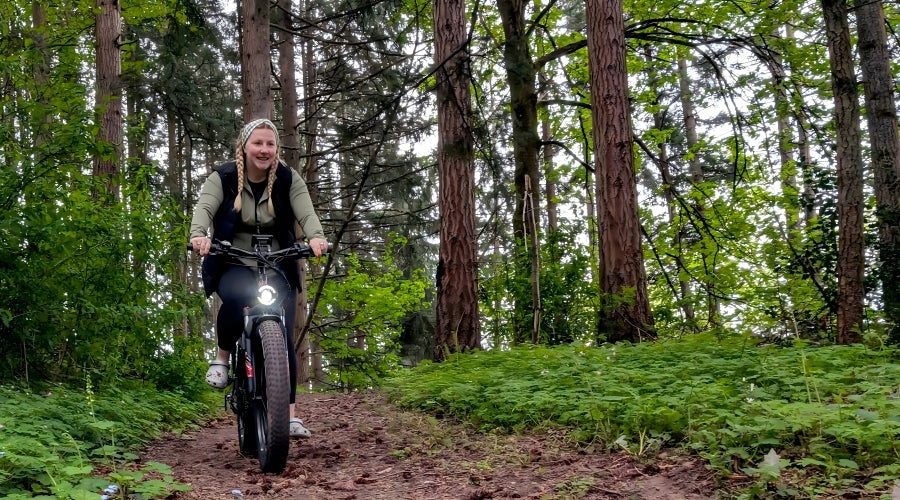
When shopping for an electric bike, one term you’ll often come across is “pedal assist”. But did you know that there are two main types of pedal assist sensors that can dramatically change the way your ride feels?
Let’s break it down: Cadence Sensor vs Torque Sensor — what they are, how they feel on the road, and which one suits your lifestyle best. We’ll also show how these technologies come to life in KINGBULL’s current e-bike lineup.
What Is a Cadence Sensor (a.k.a. Speed Sensor)?
A cadence sensor detects when you're pedaling and sends a signal to the motor to start assisting. It doesn’t care how hard you’re pedaling — only if you’re pedaling.
🔧 How It Works:
-
Measures your pedal rotation speed (RPM).
-
When you start pedaling, the motor kicks in after a brief delay.
-
The level of motor assistance is determined by the assist level you select, not by your physical effort.
🚲 How It Feels:
-
Predictable and consistent.
-
Ideal for relaxed cruising or riders who want the motor to do most of the work.
-
Feels more like riding a scooter with pedals.
✅ Best For:
-
Casual riders
-
Seniors
-
Commuters who want an easy ride without breaking a sweat
📍 KINGBULL Models with Cadence Sensors:
-
Literider 2.0: Lightweight, foldable, and super easy to ride—perfect for city commuters.
-
Hunter 2.0: Rugged and ready for adventure, this off-road beast gives you the extra power without needing to pedal hard.
What Is a Torque Sensor?
A torque sensor takes your pedal pressure into account. The harder you push the pedals, the more power the motor gives you. It’s a dynamic system that creates a more natural, intuitive riding experience.
🔧 How It Works:
-
Measures the force you're applying on the pedals in real time.
-
Motor output changes with your effort.
-
It’s like having a very smart riding partner who knows exactly when you need help.
🚲 How It Feels:
-
Smooth and responsive.
-
Feels like riding a traditional bike, just with a bionic boost.
-
Better control and balance, especially on hills or in traffic.
✅ Best For:
-
Fitness riders who want a workout
-
Riders tackling varied terrain or hills
-
Anyone who wants the most natural ride feel
📍 KINGBULL Models with Torque Sensors:
-
Verve: A compact, foldable e-bike with a premium feel — responsive, agile, and commuter-friendly.
-
Jumper GO: Our high-performance e-bike for riders who want speed, control, and that high-end riding experience. Now available for pre-order with a $600 early bird discount!

🔍 Cadence vs Torque: A Side-by-Side Comparison
| Feature | Cadence Sensor | Torque Sensor |
|---|---|---|
| Motor Response | On/Off style | Proportional to pedal force |
| Ride Feel | More like a scooter | Feels like a traditional bike |
| Best For | Easy riding, commuting | Fitness, dynamic terrain |
| Energy Use | Can drain battery faster | More efficient, conserves power |
| KINGBULL Models | Literider 2.0, Hunter 2.0 | Verve, Jumper GO |
![]() So, Which One Is Right for You?
So, Which One Is Right for You?
If you want a reliable, low-effort ride — something that gets you from A to B with minimal exertion — go with a cadence sensor model like the Literider 2.0 or Hunter 2.0.
But if you crave that natural, responsive ride and want to feel like your bike is truly in sync with your pedaling, the Verve or Jumper GO with torque sensors might be your perfect match.
Final Thoughts
Whether you're cruising through the city or climbing mountain trails, knowing the difference between cadence and torque sensors will help you choose the bike that feels right. At KINGBULL, we’ve designed our lineup to suit different riding styles — because every rider deserves a bike that matches their rhythm.
Ready to ride smarter? Explore our bikes now.




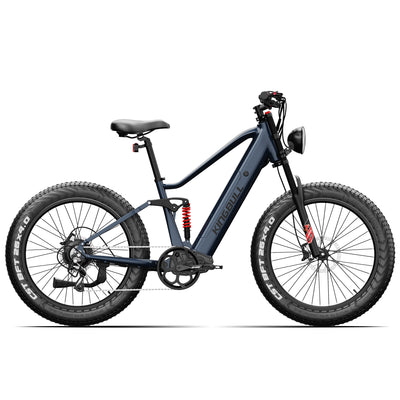
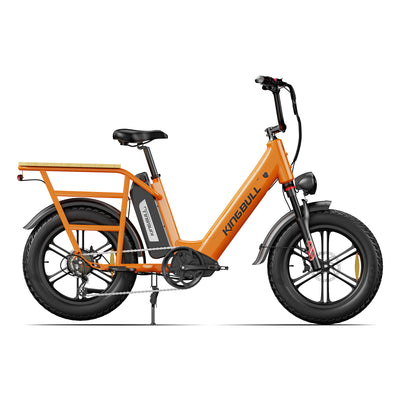
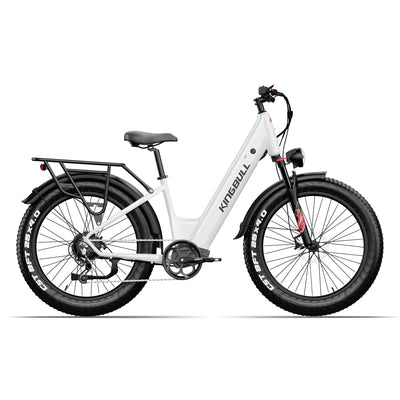
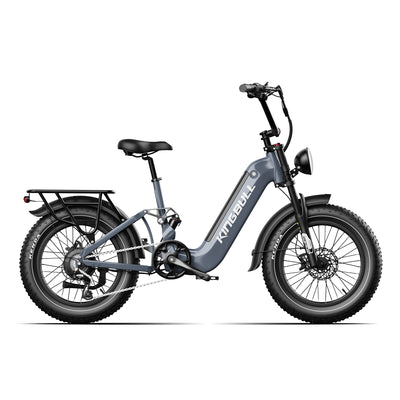
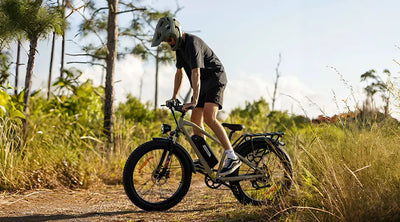

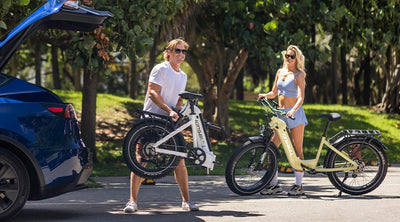

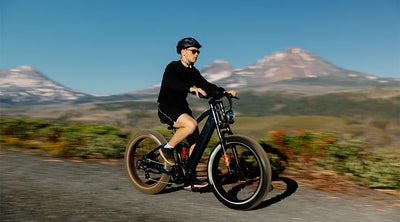
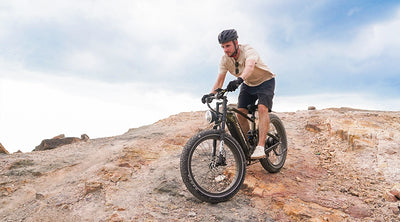







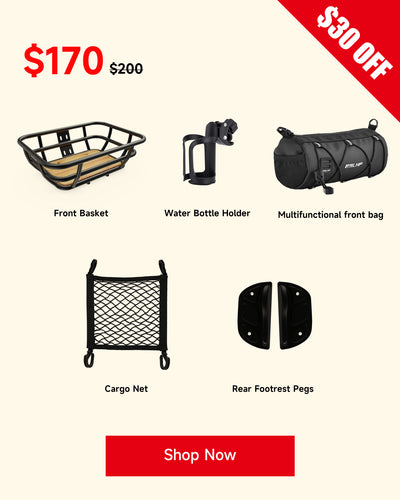






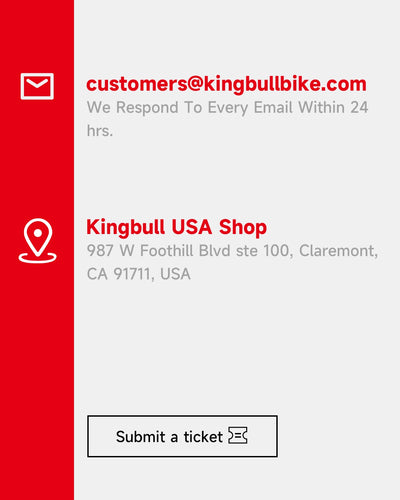




Leave a comment